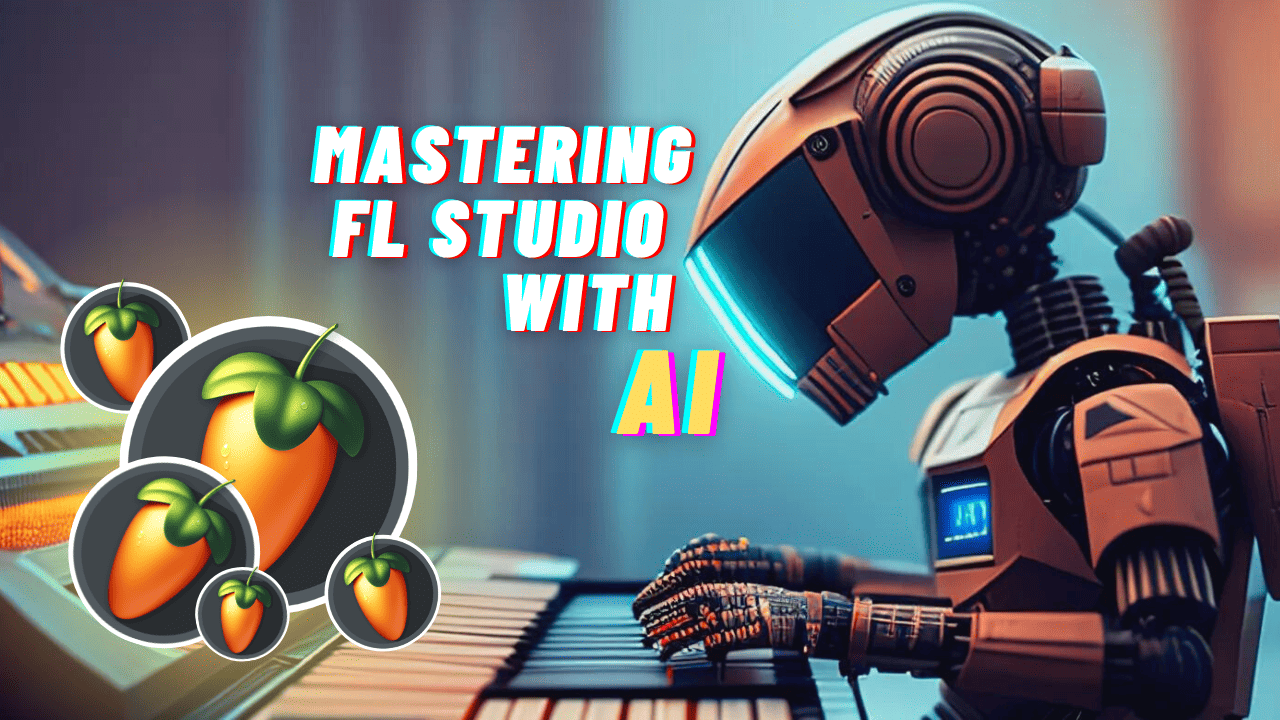You’ve finished the challenging yet gratifying task of crafting a track in FL Studio. Yet, before you click the export button to bounce your track, a vital step lies between your mix and the refined final product—mastering. This article guides you on mastering a song in FL Studio and underscores its significance in the music production process. Furthermore, we’ll delve into mastering a song in FL Studio with the assistance of AI-based plugins.
What is Mastering?
Mastering is a post-production procedure that was crucial for transferring recorded audio onto a physical medium like vinyl records. Engineers used to cut grooves into a lacquer disc, essentially mastering the audio for mass reproduction.
The process has evolved significantly since then, adapting to new technologies like tapes, CDs, and digital formats, but the core objective remains the same: preparing and transferring audio for distribution.
From a professional audio engineer’s perspective, mastering is a multi-dimensional audio process involving several key elements such as equalization, dynamic range compression, limiting, and sometimes even harmonic excitation or stereo imaging.
Equalization
This process balances the frequency spectrum to ensure that no particular frequency range dominates others.
It ensures a track sounds balanced whether played on high-end studio monitors or basic earbuds.
Dynamic Range Compression
Compression minimizes the gap between the loudest and softest parts of the track. This is crucial for ensuring that the listener doesn’t have to keep adjusting the volume.
Limiting
Limiters are tools that limit the absolute maximum volume a track can reach. They can help ensure the track does not clip and distort when played back at high volumes.
It sets a ceiling for the audio’s loudness, effectively “limiting” how loud any peak can get.
Another way of thinking about limiters is to see them as a compressor set to a ratio of infinity.
Harmonic Excitation & Stereo Imaging
While not always used, stereo imaging is an advanced technique that can add a touch of brightness and width to a mix, often giving it that elusive ‘larger-than-life’ feel.
Certain mastering plugins are designed to add wideness to a mix using stereo-widening tools and AI analysis.
Can I master my own music in FL Studio?
FL Studio recently updated its software suite with a streamlined AI-mastering tool. It offers the ability to master in your DAW, but it lacks customization and presets.
Besides using AI mastering software, you can master your music using traditional plugins.
However, it requires extensive training and an investment in pro-grade hardware and plugins before you can achieve truly professional results.
Why master your songs?
Skipping the mastering process is like submitting an essay without proofreading.
Your music might be brilliant, but the final execution might miss the mark in terms of the loudness standards necessary for your track to sound good on any speaker.
Mastering ensures that your track will be loud enough to stand out on streaming playlists and guarantees a polished sound crucial for distribution on all platforms.
FL Studio mastering tools
FL Studio isn’t just a beat-making DAW; it excels in mixing and offers a decent array of tools suitable for a mastering chain. For instance, FL Studio includes built-in tools like EQ2 for equalization, Maximus for multi-band compression, Fruity Limiter, and Soft Clipper for limiting.
These tools are effective individually but may have a steep learning curve for achieving a solid master.
Of course, you can also try FL Studio’s AI mastering, but this tool is still in early development, relies on cloud services, and doesn’t master in real time. If you genuinely want to know how to master a song in FL Studio, your best bet might be opting for a dedicated mastering plugin that integrates powerful AI directly into your DAW, providing real-time functionality.
Discovering how to master a song in FL Studio is more straightforward than you might imagine
In the expansive realm of music production, mastering is a crucial final step that goes beyond its technical facets—it’s an art form rooted in years of audio engineering history.
While FL Studio offers some built-in tools suitable for a mastering chain, dedicated plugins like the LANDR Mastering Plugin provide a more accessible yet highly professional approach.
By following the steps outlined in this article, you’re not just clicking an ‘export’ button; you’re engaging in a meticulous process designed to bring out the best in your music.
Whether you’re aiming for a crystal-clear EDM tune or a chart-topping pop track, mastering serves as the ultimate polish to ensure your audio stands out on any platform.
So, go ahead and put the finishing touches on that track. Your music deserves it.



